The Power of ADKAR Unlocks Change Success
Different models and frameworks in the field of change management assist firms in navigating the difficulties of carrying out successful transitions. The ADKAR model, which offers a structured method of managing change at the person level, is one example of such a model. We shall examine the ADKAR model’s definition and practical applications in this blog article.
The ADKAR model, developed by Jeff Hiatt and popularized through his book, ADKAR: A Model for Change in Business, Government and our Community, is an acronym that stands for Awareness, Desire, Knowledge, Ability, and Reinforcement. These five elements represent the key stages an individual undergoes during a change initiative. Let’s dive into each component of the model.
Awareness of the Need for Change: The first stage is to raise people’s knowledge of the justification and goal for the change. It entails explaining the motivations, advantages, and prospective effects of the change.
Desire to Support Change: It is crucial to foster people’s desire and willingness to support and participate in the change once they are aware of its necessity. This entails resolving reservations, supplying inspiration, and highlighting the advantages for both the individual and the company.
Knowledge of How to Change: It is vital to provide people with the knowledge and abilities needed to accept change. Individuals can gain new skills, increase their confidence, and comprehend the process of transformation with the use of educational materials, training programs, and workshops.
Ability to Demonstrate Skills and Behaviors: Individuals must be able to use their newly acquired information successfully; knowledge alone is insufficient. Giving people the chance to practice, receive coaching, and receive feedback enables them to build the necessary skills and behaviors to successfully implement the change.
Reinforcement to Make the Change Stay: As a continual process, change necessitates ongoing reinforcement in order to be sustained. It is easier to establish new behaviors and guarantee long-term success when people are praised and rewarded for their efforts, when milestones are celebrated, and when the advantages of the change are emphasized.
The ADKAR model offers practitioners of change management a framework for comprehending and addressing the personal component of change. Organizations can support their employees through the process of change and improve the likelihood of successful adoption by concentrating on each component of the model. The following are some helpful hints for applying the ADKAR model:
- Determine the present situation: Analyze the organization’s preparation for change and pinpoint any areas where people might encounter resistance or skill or knowledge deficiencies.
- Make strategic communication plans: Create compelling and unambiguous communications to spread information about the change throughout the organization and to raise awareness of it.
- Ensure sufficient training and resources: Provide thorough training courses and other materials that address the precise knowledge and abilities needed for the change project.
- By providing coaching and mentoring, you can: Assign mentors or change champions to help people through the process of change, offer encouragement, and reinforce the desirable habits.
- To ensure that the change is ingrained in the corporate culture, it is important to continuously track the progress of the change, recognize achievements, and offer reinforcement.
For change management professionals, the ADKAR model is a useful tool for navigating the challenges of successfully implementing transformations. Organizations may improve the efficacy of their change programs and boost employee buy-in by recognizing and addressing the distinct aspects of change. Keep in mind that change involves people as well as processes and systems. Organizations can use the ADKAR model to foster an environment where people feel more supported and empowered to accept change and produce long-lasting results.
Check out our podcast episode to learn more!
